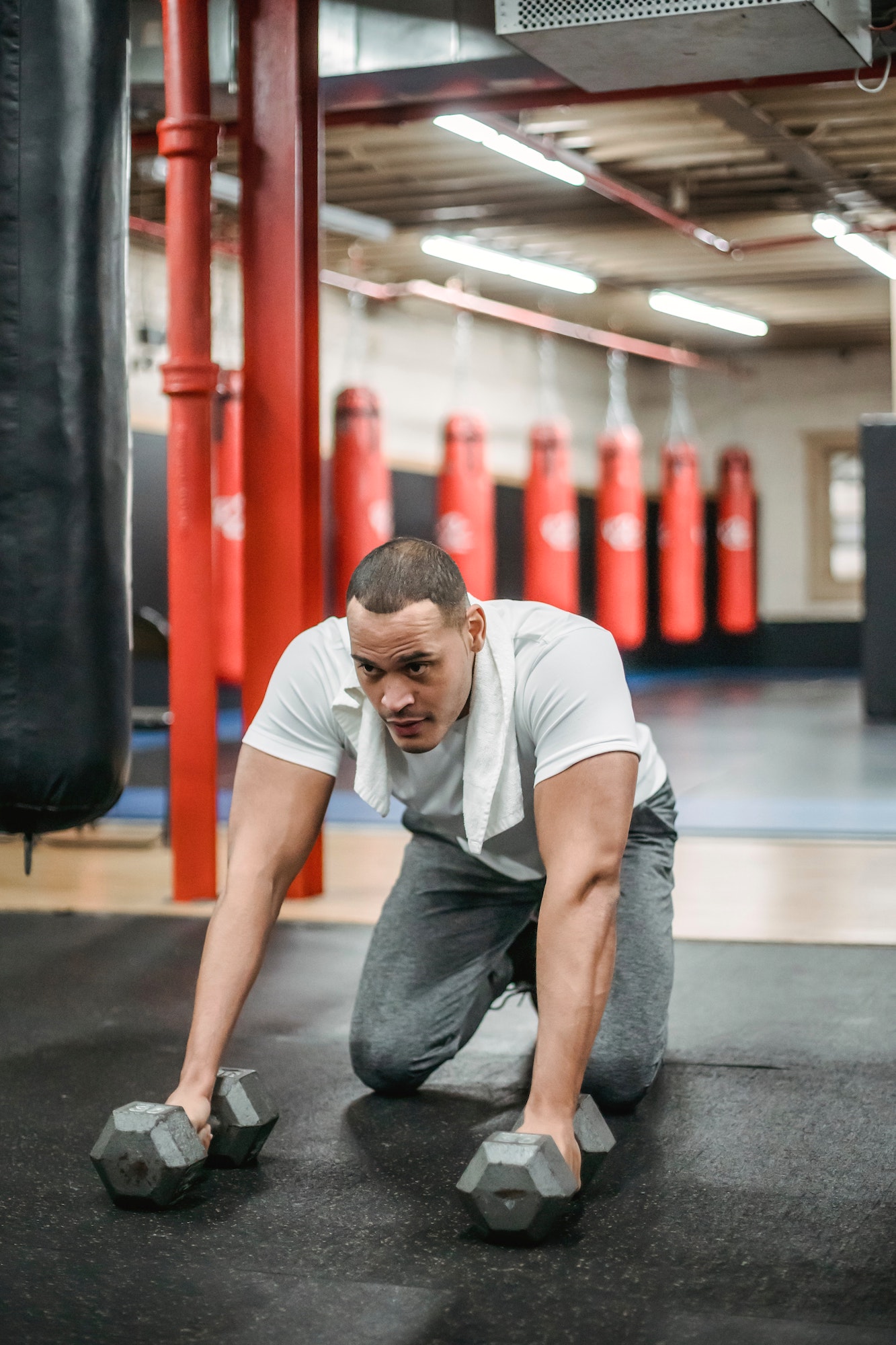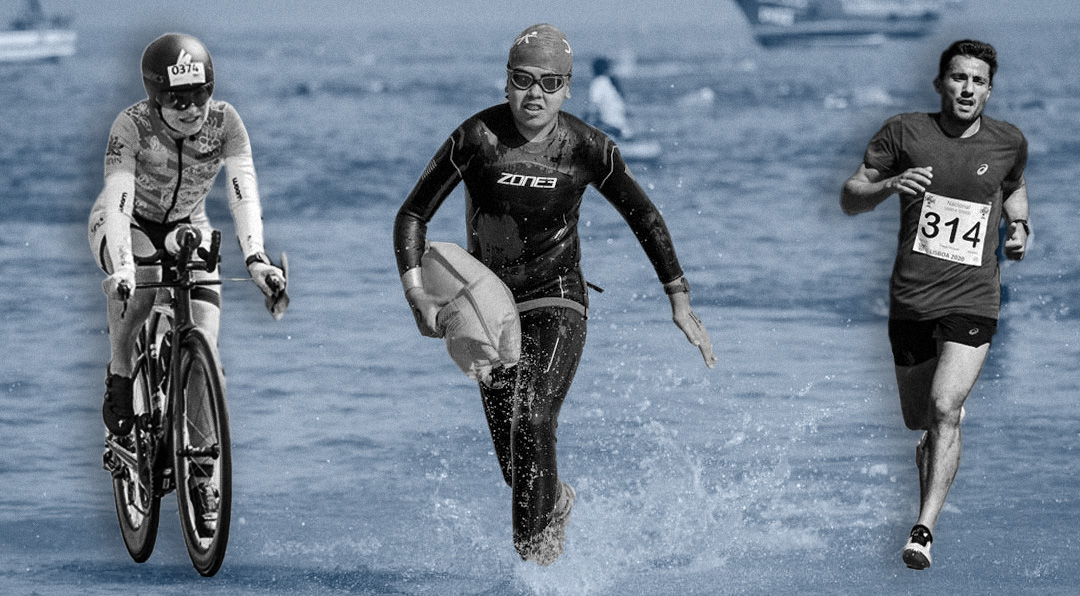Once you pass 35, body performance slows down significantly. But it doesn’t have to be that way if you add strength training to your routine
Photos by Julia Larson/Pexels
Everyone experiences changes as they get older.
Beginning around 35 years old, endurance performance tends to decline, muscle loss occurs (resulting in decreased power), susceptibility to injuries increase, and both metabolism and recovery slow down. These changes are much more pronounced in active individuals and can become troublesome for endurance athletes.
But getting older doesn’t mean the end of your Ironman dreams. There are strategies that allow you to optimize your performance as an older endurance athlete. One of these is the addition of strengthening exercises to your training regimen.
Several sources have cited that a decrease in lean body mass experienced during aging can result in diminishing maximal aerobic capacity, quantified as VO2 max, by as much as four percent every year. This finding supports the principle that strength training can, in fact, improve an elderly individual’s endurance performance by maintaining muscle mass.
Strength training has been linked to an improved capacity of the body to utilize oxygen and thus enhance one’s aerobic performance. Resistance training likewise yields greater power output, which means less muscular effort during activities
Specifically, a study by researchers in Finland and the United States have shown improvements in isometric forces and VO2 max with the addition of resistance training. Strength training has been linked to an improved capacity of the body to utilize oxygen and thus enhance one’s aerobic performance. Resistance training likewise yields greater power output, which means less muscular effort during activities. This results in prolonged endurance and can be seen in improvements in running economy and treadmill times.
Aside from improving endurance, strength training can also be used to delay the effects of aging on the body. Previous researches have revealed that as a person gets older, leg strength decreases even if muscle mass remains the same. This may, in part, be due to changes in muscle fiber composition and recruitment.

With resistance training, maintaining muscle mass is possible while at the same time, preventing these changes in the body’s muscle fiber types. It can preserve stride length and can help the body deal with impact forces. Strength training can also give athletes that extra boost, which can especially be useful when participating in endurance events that need muscle power such as cycling, swimming, and sprints.
Supplementing endurance training with resistance training provides a lot of advantages. It increases endurance performance and strength, prevents the development of injuries, and is associated with numerous health benefits such as decreased risk of heart disease and improved bone health. Thus, it’s recommended that older endurance athletes add strength exercises to their routine training, anywhere from 8 to 20 weeks, depending on their goals.
By adopting this training strategy, athletes can continue to engage and excel in endurance events, even when they are way beyond their prime. Older age does not have to hinder you from achieving your peak endurance performance; after all, age is really just a number.













































